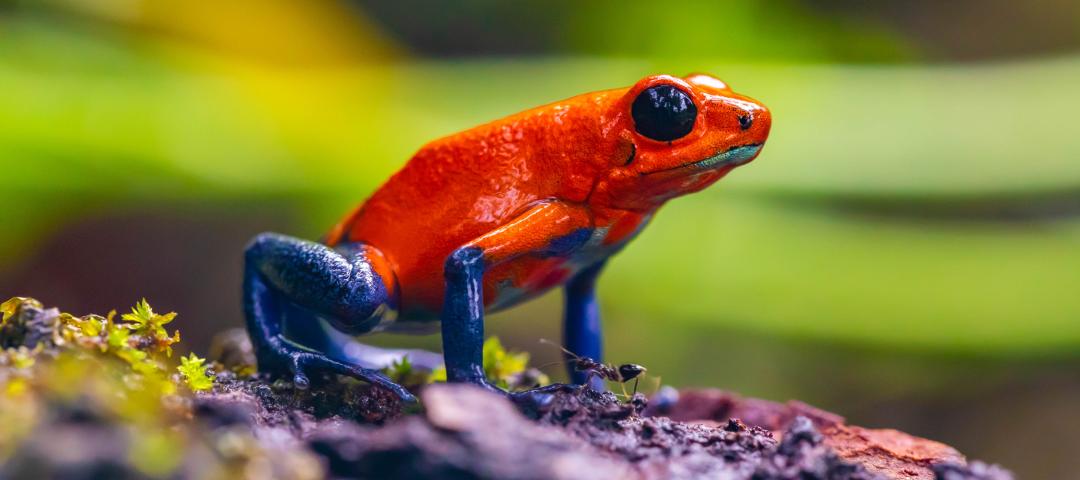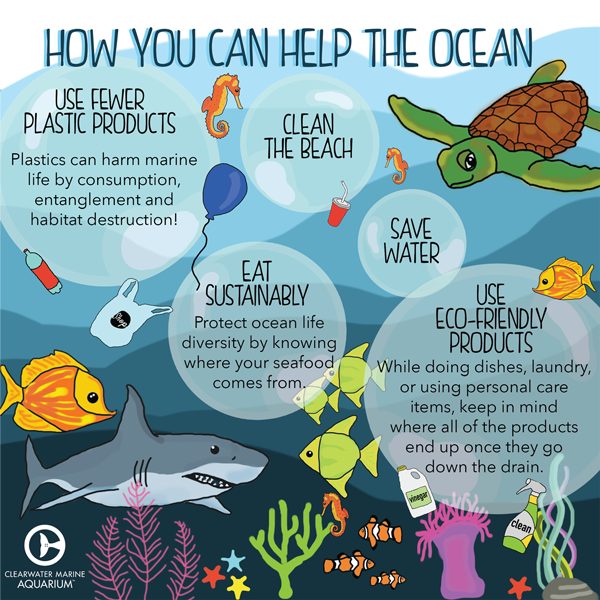
- Teacher: Glycinea de Peralta
- Teacher: Gwyn Manuel
- Teacher: Antonio Alamin
- Teacher: Mercedita Liwanag

Nature of Mathematics, appreciation of its practical, intellectual, and aesthetic Nature dimensions, and application of mathematical tools in daily life. The course begins with an introduction to the nature of mathematics as an exploration of patterns (in nature and environment) and as an application of inductive and deductive reasoning. By exploring these topics, students are encouraged to go beyond the typical understanding of mathematics as merely a set of formulas but as a source of aesthetics in patterns of nature, for example, and rich language itself (and of science) governed by logic and reasoning. The course then proceeds to survey ways in which mathematics provides a tool for understanding and dealing with various aspects of present-day living, such as managing personal finances, making social choices, appreciating geometric designs, understanding colors used in data transmission and security, and dividing limited resources fairly.

- Teacher: Kelhveen Jezrill Cariño
- Teacher: Marie Ann Gladys Delos Angeles
- Teacher: Saniata "Sanie" Bautista
- Teacher: Jhunrey Ordioso
- Teacher: Lito Mape
This course deals with the morphology, physiology, life history, distribution and systematics of animals, with focus on the aquatic systems, intended for BS Fisheries and Aquatic Sciences students. At the end of the course, the students are expected to be able to acquire a comprehensive and integrated understanding of the concepts and principles pertaining to animal life; be able to identify distinguishing characteristics of each of the taxonomic group of animals, and to understand the physiological and behavioral adaptation of animals to their environment. In addition, the students will be able to learn the different embryological and life cycle patterns employed by animals, with focus on the commercially-important aquatic species used in aquaculture

- Teacher: Helen Grace Bangi
- Teacher: Glycinea de Peralta
- Teacher: Gwyn Manuel
The course covers provides an introduction to the classification,
relationships, structure, and function of major animal phyla. Emphasis is on
levels of organization, reproduction and development, comparative systems,
and a survey of selected phyla.

- Teacher: Glycinea de Peralta
- Teacher: Gwyn Manuel

- Teacher: Eunice Layugan
- Teacher: Mercedita Liwanag
